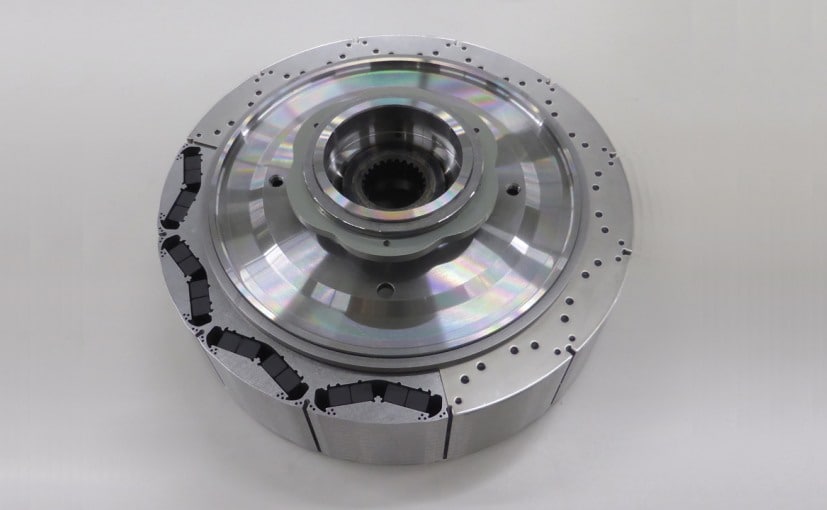Honda Co-Develops World's First Hybrid Motor Free of Rare Earth Metals

Highlights
- Electric drive motors use powerful, high heat resistant Neodymium magnets
- The companies used a new process called 'Hot Deformation Method'
- Honda's upcoming Freed Hybrid will be the first car to use this new motor
Now, staring with the basics, the drive motors used in both hybrid and electric vehicles use a powerful and high heat resistance magnet known as Neodymium magnets. Known to have the highest magnetic force in the world, these magnets, up until now were combined with rear heavy earth elements like dysprosium and/or terbium, to increase their heat resistance property. While this has been working like a charm for hybrid and electric motor manufacturers, it may not always be like that. Apparent both these elements are spread unevenly around the world, and also are categorized as rare metals, which pose the question of their continuous procurement in the future, considering the growing demand for them. But now, Honda has a solution for that.

Honda Neodymium Magnets Without Rare Earth Metals
According to company's official statement, Daido steel's subsidiary company, Daido Electronics has been mass-producing neodymium magnets using the hot deformation method, which is different from the typical sintering production method for neodymium magnets. The hot deformation method is a technology that enables nanometer-scale crystal grains to be well-aligned in order to realize a fine crystal grain structure that is approximately ten times smaller than that of a sintered magnet, which makes it possible to produce magnets with greater heat resistance properties.
What this essentially means is that thanks to Daido Electronics' new hot deformation technique, companies can now have access to powerful and more heat resistant neodymium magnets without using rear earth metals. But you need different kind of resources for the application of this technology in manufacturing hybrid motors. And this is where Honda comes in. Honda leveraged its experience in development of drive motors and revised the shape of the magnet for real world application. In fact the carmaker has developed a new drive motor for hybrid cars that also has a reshaped rotor that helps in optimising the flow of the magnetic flux of this new magnet.

Honda's Rotor For the i-DCD Drive Electric Motor
According to Honda this new motor will demonstrating torque, output and heat resistance performance equivalent to those of a motor that uses the conventional type of magnet. Christened as - Honda SPORT HYBRID i-DCD, this new hybrid technology will be used in the company's upcoming hybrid car FREED, which is scheduled to go on sale this fall. There is still a long way to go before this Honda will be ready to bring to markets like India, despite the fact that the carmaker will launch the Accord Hybrid in India this festive season. As for when it does come, we hope to see some major changes in the hybrid car market.
Last Updated on July 13, 2016














